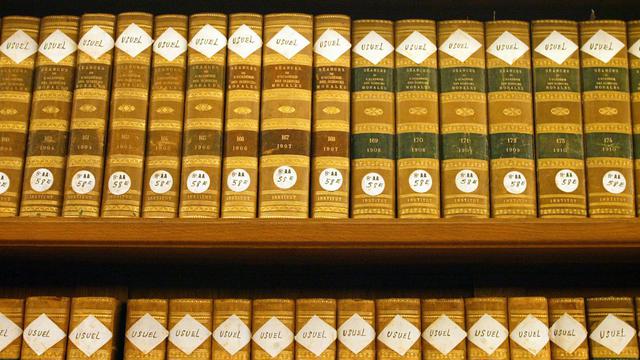
The history of our company
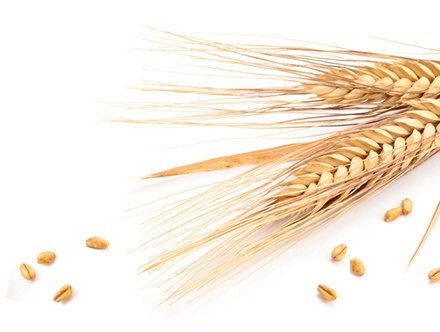
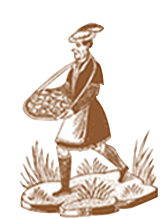
The scalded ones
of the Middle Ages
The cracker is the heir to an old tradition, those of scalds. Considered as delicacies, scalds were very popular in the Middle Ages; their presence is attested in France and in many European countries. The basic composition of the scalds is very simple: water, flour, eggs to which you can add leavening agents, salt, butter or sugar. Their production involves, before baking in the oven, a phase of soaking in boiling water, called scalding.
The products thus obtained may have different names, depending on the place and time (for example, pretzels in Alsace). When passing through the oven, the pieces of dough swell in a variable manner: the cracker from the Pays de Rance (St Malo / Dinan) is the scalded which undergoes the greatest expansion; It acquires this characteristic concave shape because it has cooked more on the edges during scalding.
The cracker
in history
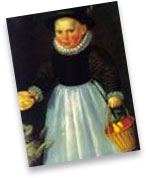 1581
1581
painted by Jacob Willemoz Delff, 1581.
The little boy holds in his right hand a pastry which strangely looks like the cracker of Haute Bretagne, of irregular shape, with raised edges and whose piercing of the dough appears after cooking.
Jan Steen, 1638
There too, one distinguishes products resembling the crackers of the countries of Rance. But, surprisingly, the name cracker in Dutch does not designate the bowl-shaped product presented by the baker, but the one in the shape of a pretzel (hung at the top).
1638
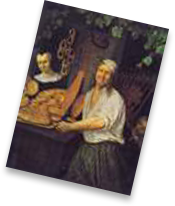
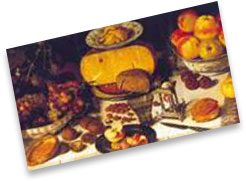 XVI
XVI
16th century
On which we perceive a pastry that closely resembles the Breton cracker we know today.
The origins
of the crackers called Craquelin
The cracker has crossed countries and centuries. If the name scalded often appears in France, that of “craquelin” is more rarely mentioned : the oldest trace dates to a writing by Mr. Lespinasse in 1265, where the “craquelin” is assimilated to a cake.
The etymology of the word would be Dutch: “crakelinc” in Flemish means “a dry biscuit, crunchy bite”. Similarities in name, shape, composition and manufacturing exist between some Flemish products and Haute Bretagne cracker.
Crackers from
Pays de Rance
Unlike the scalds from other regions, the Haute Bretagne cracker seems to have had a constant shape over time; thus, in 1684, in his Dictionnaire Universel, M. Furetière gave a definition which better characterized this product: "Very dry pastry which is made in the shape of a bowl and which cracks under the teeth when eating it."
In the 19th and 20th centuries, a strong presence of crackers was found around the Rance valley, with a predominance around the Champs Géraux and Pleurtuit. Traditionally, crackers were then not sold in stores but on street shelves: they were stacked in large hoods that could hold at least 2,000 crackers. From Pleurtuit station, the product was shipped by train to Rennes, Nantes or Paris.
Until the 1950s, crackers were a dynamic profession. A union was even set up, reflecting a desire to organize the profession from 1946 to 1950. Every Easter Monday, the crackers held their annual party. Today, only the families of crackers who have been able to approach large-scale distribution have succeeded in sustaining their business.

